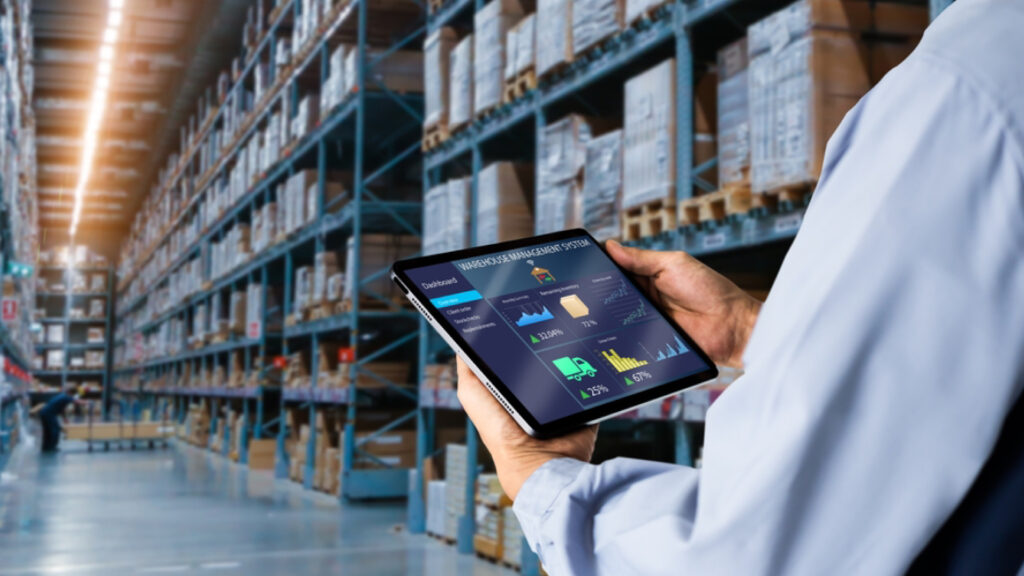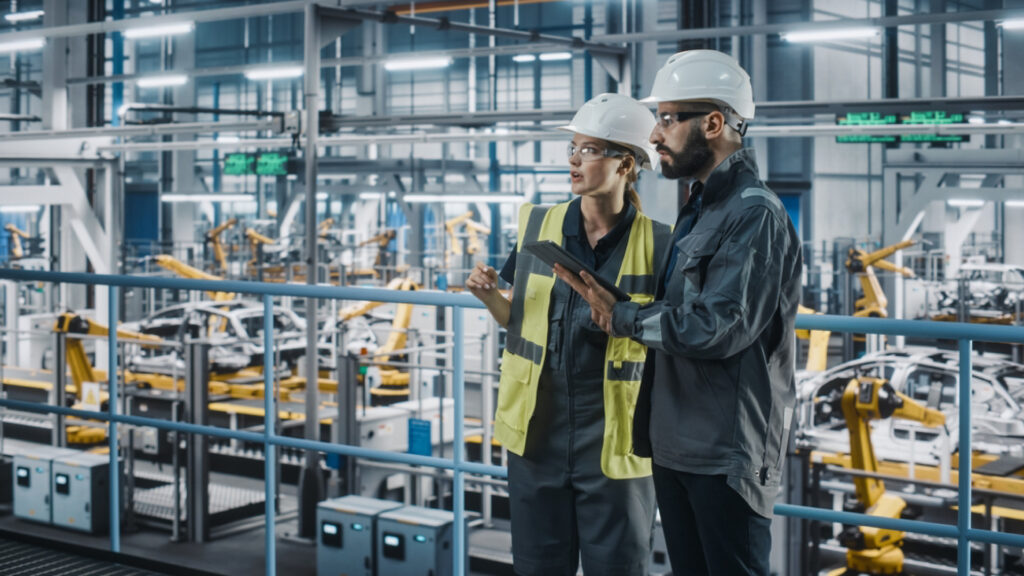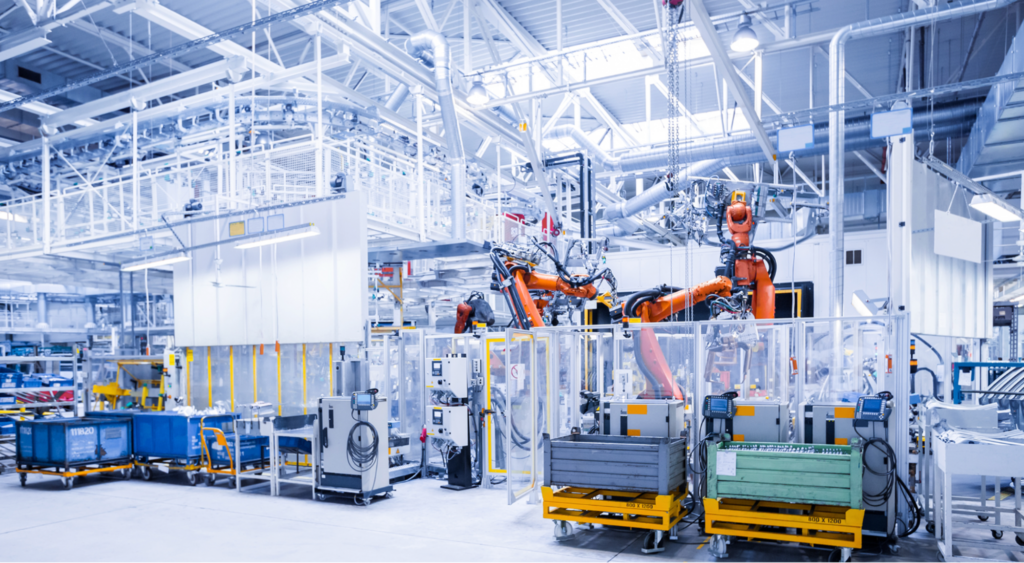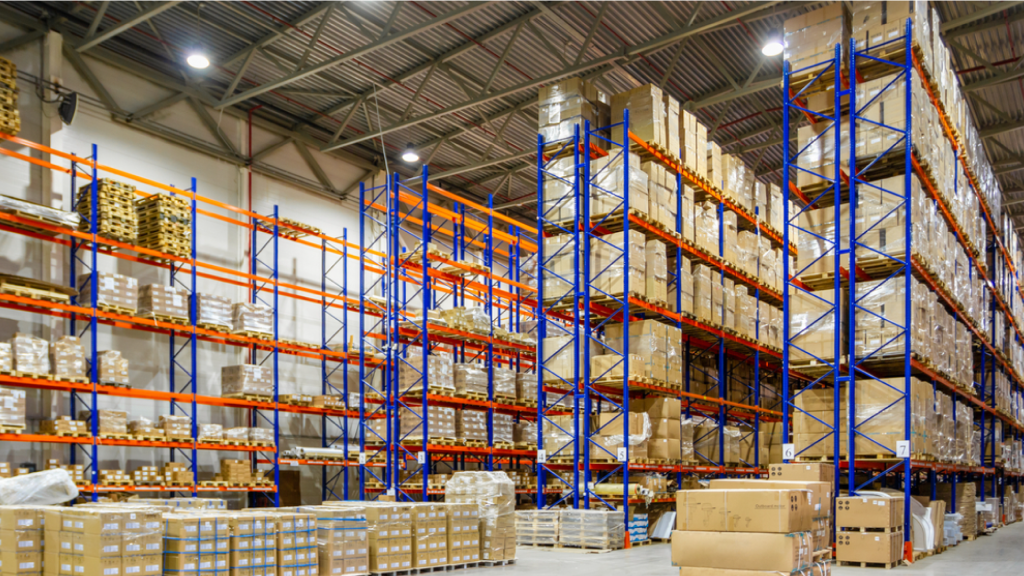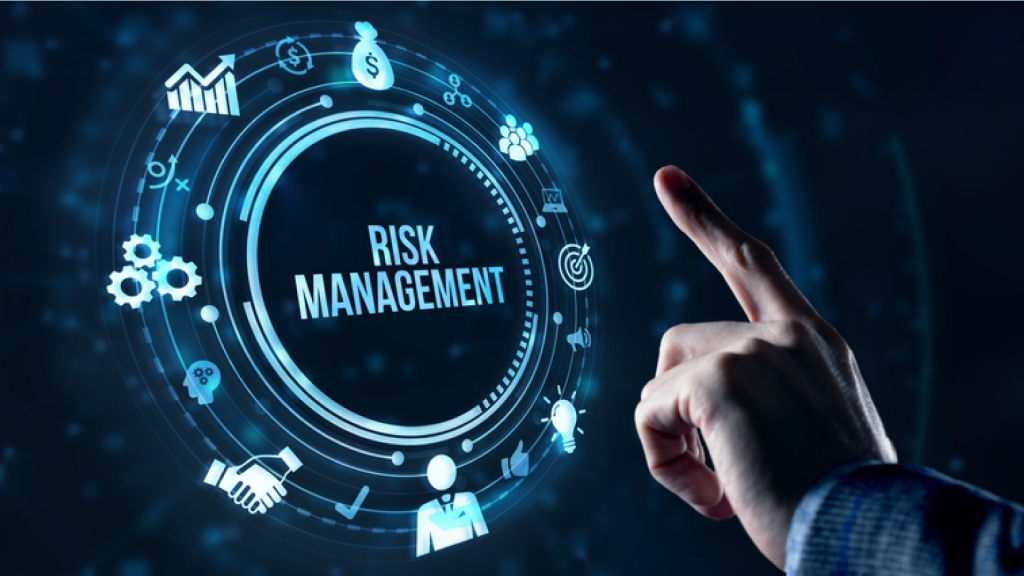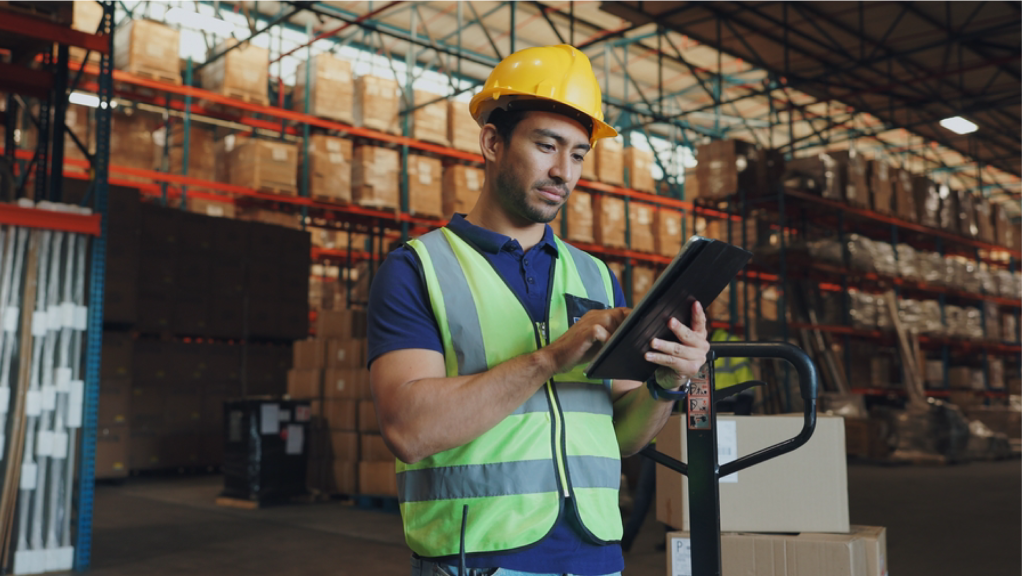Material Selection Strategies for Product Performance with Advanced Manufacturing Optimization
In today’s competitive manufacturing environment, technical operations transformation and advanced manufacturing optimization rely on one crucial decision—selecting the right materials. Whether for aerospace components, automotive parts, or consumer products, material selection directly affects performance, durability, cost, and sustainability. Leaders in materials engineering services, injection molding expertise, and manufacturing staffing strategies know that a product’s success starts long before the first prototype is built—it starts with a data-driven, purpose-fit material choice. Forward-thinking business operations firms and operational excellence services providers recognize that the right material strategy directly supports long-term performance and competitiveness. Key Criteria for Engineering Material Selection in Materials Engineering Services Selecting the ideal material is a balance of science, performance needs, and economic considerations. Key criteria include: Mechanical Properties – Tensile strength, hardness, impact resistance, and fatigue performance determine a material’s suitability for high-stress applications. Thermal Stability – Materials must withstand operating temperatures without degrading, especially in aerospace, automotive, and industrial environments. Corrosion Resistance – Critical for marine, chemical processing, and outdoor applications where exposure to moisture, salts, or chemicals is constant. Manufacturability – The chosen material must be compatible with existing production processes—such as machining, casting, or injection molding services—to keep costs predictable. Cost and Supply Chain Reliability – Availability, sourcing stability, and price volatility all factor into long-term operational planning. Here, supply chain management services ensure continuity and resilience. Pro Tip: “Don’t focus only on performance specs—look at how material choices affect the entire product lifecycle, from sourcing and production to end-of-life recycling.” Performance Under Stress: Metals vs. Polymers in Injection Molding and Manufacturing Optimization When performance requirements push the limits, the choice often comes down to metals or advanced polymers: Metals – Steels, titanium, and aluminum alloys offer exceptional strength, stiffness, and thermal resistance. They excel in high-load and high-temperature environments, such as aerospace landing gear or automotive structural components. Polymers – High-performance plastics like PEEK, Ultem, and reinforced nylons offer corrosion resistance, lighter weight, and reduced processing costs. They’re ideal for applications where weight reduction improves fuel efficiency or ergonomics. Hybrid Solutions – Many modern designs combine metals and polymers to achieve a balance of strength, weight, and durability—such as metal-reinforced polymer housings in electronics or lightweight composites in aircraft interiors. Pro Tip: “When designing for polymers, think about flow rates, cooling times, and mold design early in the process to avoid costly tooling changes later.” Sustainability Considerations for Technical Operations Transformation Sustainability has become a defining factor in modern manufacturing material choices: Recyclability – Materials that can be recovered and reused at the end of a product’s life reduce waste and lower environmental impact. Energy Efficiency in Production – Selecting materials that require less energy during forming, molding, or finishing can cut both carbon footprint and costs. Renewable Sources – Bio-based polymers, sustainably sourced wood composites, and low-carbon steel alternatives are gaining traction in consumer and industrial goods. Regulatory Compliance – Global standards like REACH and RoHS affect allowable substances and influence material selection for international markets. Forward-looking operations services and manufacturing consulting firms integrate sustainability into technical decisions, ensuring compliance while delivering measurable performance. Case Study: Aerospace Material Shift with Operational Excellence Services In a recent aerospace optimization project, a major manufacturer transitioned from a traditional aluminum alloy to a carbon-fiber composite for critical structural panels. Challenge: Weight reduction was needed to improve fuel efficiency without sacrificing strength. Approach: Material engineers evaluated composite tensile properties, fatigue limits, and manufacturability. Advanced simulations tested stress performance under extreme temperature fluctuations. Outcome: The new composite panels reduced total aircraft weight by 15%, cut fuel consumption by 8%, and maintained required safety margins. Operations firms and cost reduction experts supported supply chain restructuring to ensure consistent sourcing and cost stability. This shift not only improved operational efficiency but also contributed to the manufacturer’s sustainability goals. Transform Your Technical Operations with CCO’s Materials Engineering & Manufacturing Staffing Solutions CCO works with manufacturers, product developers, and engineering teams to enhance materials engineering services, optimize injection molding services, and strengthen engineering staffing and manufacturing staffing strategies. Our technical operations transformation approach ensures the right materials, processes, and people are in place to achieve performance, cost, and sustainability targets. Whether you’re looking to streamline production with contingent staffing, scale operations through executive placement firms, or optimize your supply chain with warehouse staffing agencies, CCO helps you achieve measurable results. Ready to elevate your engineering and manufacturing outcomes? Contact CCO today to learn how our advanced manufacturing optimization and operational excellence services can help you achieve operational excellence. FAQs on Material Selection, Manufacturing Optimization, and Engineering Staffing How do you choose the best material for a product? The best material is chosen by balancing performance requirements, cost, manufacturing process compatibility, and sustainability goals. Engineers evaluate mechanical and thermal properties, test prototypes under real-world conditions, and assess long-term reliability before finalizing the choice. Are sustainable materials more expensive long-term? Not necessarily. While some eco-friendly materials have higher initial costs, they can reduce expenses over the product’s life cycle by lowering energy use, cutting waste disposal costs, and improving brand reputation in sustainability-conscious markets.



